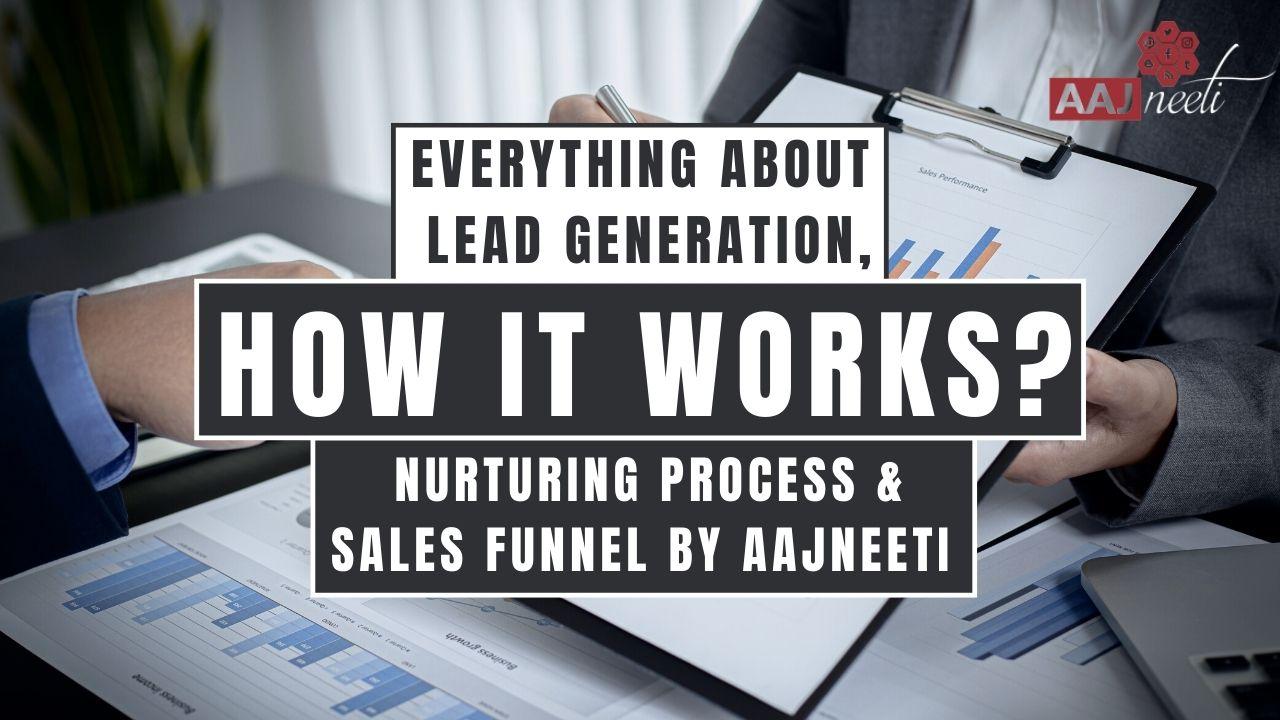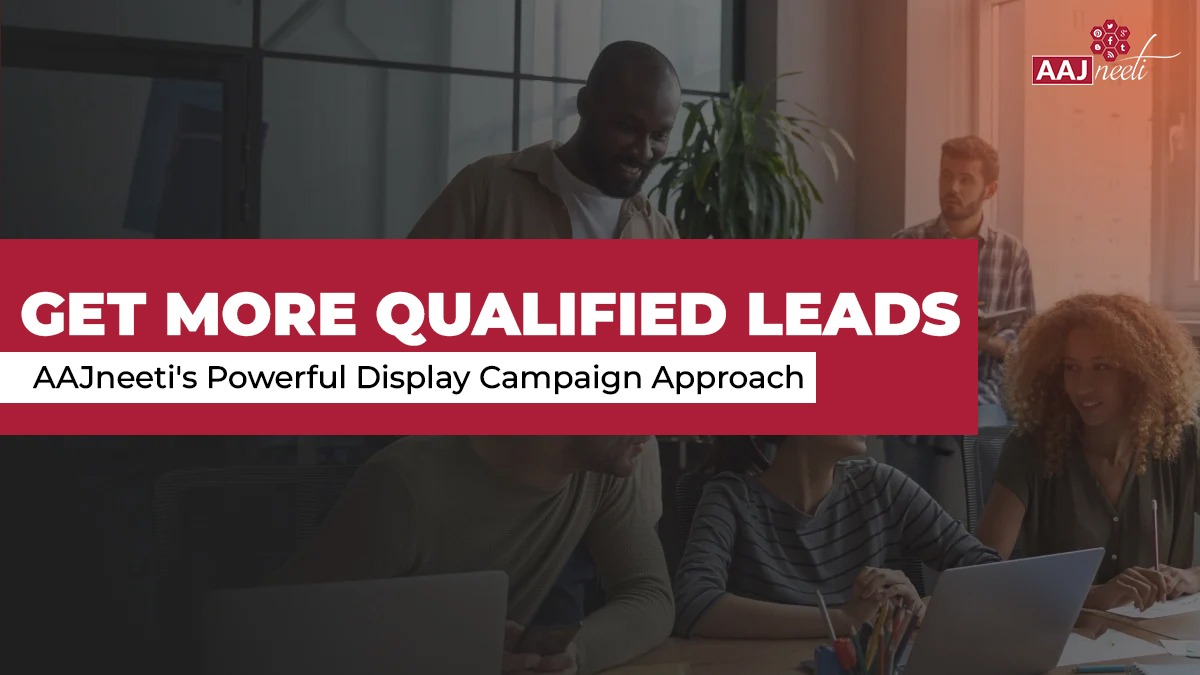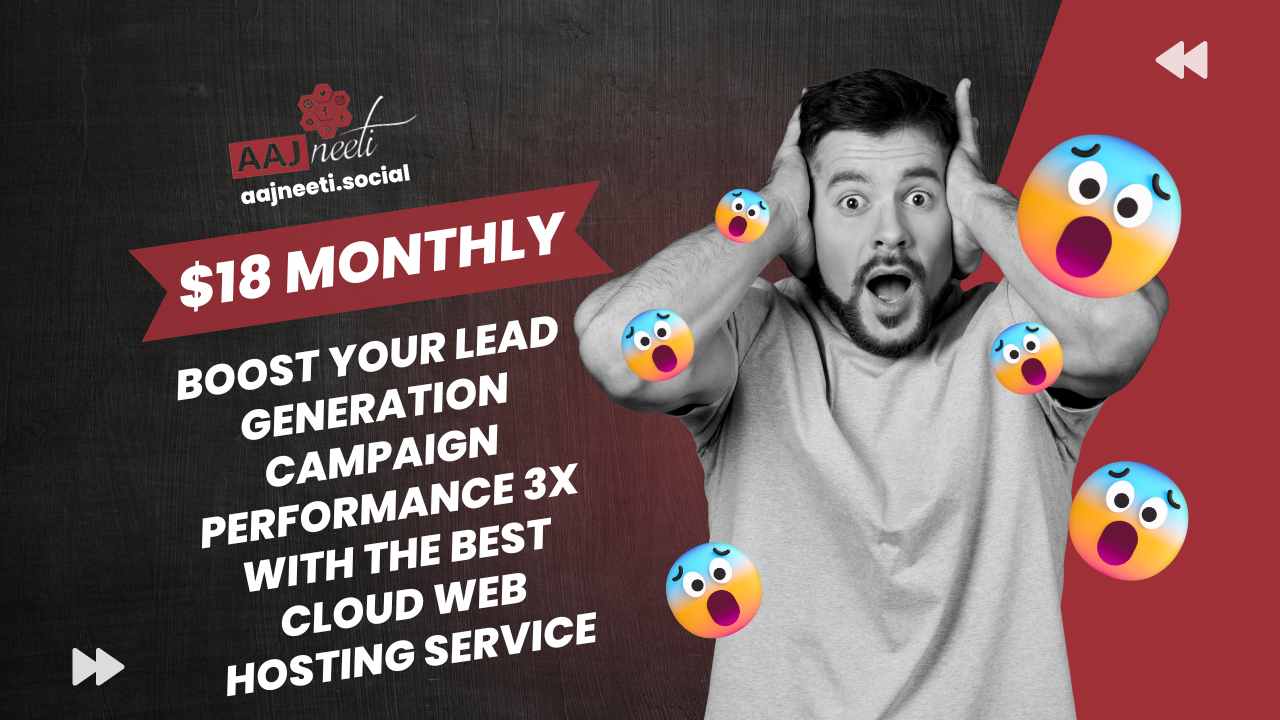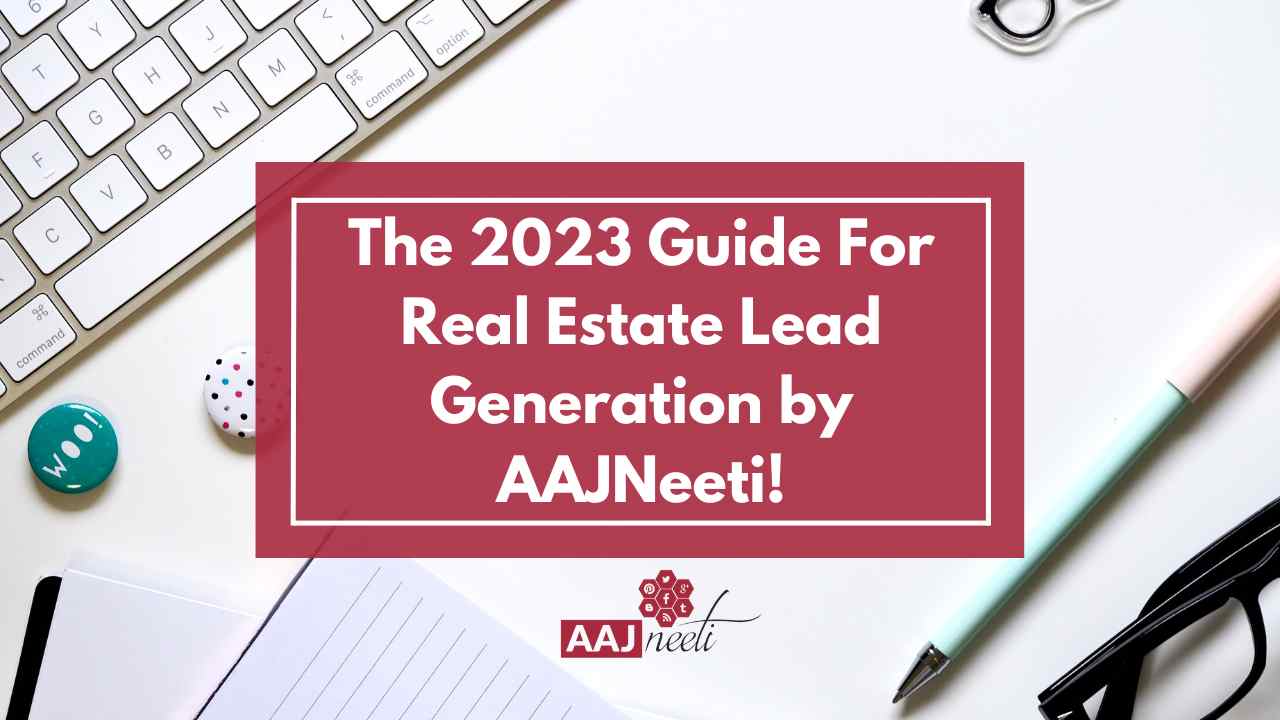The majority of businesses have heard about Facebook’s Lead Ad program, and many of the marketing-savvy ones have tried it out, but it hasn’t taken off in the business world. This is in large part due to companies’ concerns over the quality of leads it provides.
Many B2B marketers overlook Facebook because LinkedIn and Google have positioned themselves as B2B lead-gen leaders. However, Facebook is the most popular social network in the world, and business decision-makers spend 74% more time on Facebook.
We’re going to cover the following topics today to generate B2B Leads from Facebook’s Leads Ad program:
Facebook and Lead Generation
Facebook has been identified as the most effective channel for generating leads across all social media networks. You can connect with more customers on Facebook than on any other channel. In India, there were 45.94 million Facebook users as of October 2020. This was more than a million more than the number of Facebook users in October of the previous year.
Although you can find someone who doesn’t have an Instagram or Twitter account, finding someone who doesn’t have a Facebook account is rare in today’s internet-based culture. Furthermore, Facebook’s engineering team is always working to make the network an appealing destination for marketing and commercial promotions.
According to recent studies, Facebook is a better alternative for generating more leads and increasing revenue than other social media platforms. If you’re not aware of Facebook lead generation tactics, we’ll go over a few key topics below:
Facebook Lead Generation: 5 Ways to Generate Leads
In this article, I’ll share five proven ways to generate leads using Facebook (both paid and organic) by Aajneeti.
1. Utilizing Facebook conversion ads
On their website, most firms already have a strategy for generating leads. But I’m confident that practically every business owner would agree that more individuals should take advantage of these deals. This is where Facebook Conversion marketing can help.
When you establish a Facebook ad campaign, you’re given numerous campaign objectives to choose from. If you want users to perform a certain action on your site (like sign up for a consultation, demo, or discount), you’ll want to choose the conversion strategy carefully.
Conversion ads on Facebook can help:
Get users to execute certain transactions on your website to increase sales.
Prompt a response – you have complete control over which action you want your visitor to take. You might want them to go to your website or put something in their shopping cart.
Optimize your campaign — Facebook targets those who are most likely to convert with conversion advertisements. Unlike a Traffic campaign, which Facebook optimizes for clicks.
One of the most common mistakes we see business owners do is to promote posts blindly instead of employing conversion advertisements. Boosting posts is fantastic for getting people to engage (likes, comments, and shares), but it’s rarely the best way to get them to take action. However, without the Facebook pixel, you won’t be able to track conversions properly. There are also simple instructions for installing the pixel if you don’t already have one. You can declare which user activity defines your conversion after you’ve installed the pixel. This is where you can get quite detailed. You might, for example, want your visitor to subscribe to your mailing list. In that situation, your “Thank You” page would be the signal that the conversion is complete to Facebook.
Conversion advertisements on Facebook can be an effective strategy to get leads. However, as always, good creative content with a clear CTA is required to entice the first click.

2. Utilizing Facebook ads for lead generation
Facebook Lead advertisements are another technique to generate leads on Facebook.
A Lead ad differs from a conversion ad in that it keeps the user on Facebook (as opposed to sending them to your website or a separate landing page). When someone clicks on your Lead ad, you’ll be taken to a Facebook form where you may collect their information. You may want to gather email sign-ups, give special specials or promotions, or collect new consumer queries. The lead ad form is frequently auto-populated with the lead’s information – name, phone number, email address, and so on – making it simple for consumers to sign up for your offer. Because let’s be honest, Facebook knows all there is to know about us!
Define the information you’re looking for while creating your ad. Don’t be too particular, but don’t over-harvest! When you ask for their inside leg measurement (unless you sell trousers, of course! ), people lose faith in your credibility. Lead advertisements, on the other hand, produce more leads at a lesser cost than conversion ads, according to our research. However, the quality of those leads tends to deteriorate quickly.
As a result, you must keep track of your sales figures. Leads created by Facebook Lead advertisements will not be immediately forwarded to your small company CRM or email marketing service. For that, you’ll have to design your automation. Thankfully, Aajneeti makes connecting with Zapier a breeze.
3. The use of retargeting ads
Finding the correct target audience is one of the most difficult tasks for any Facebook marketer. When creating an ad on Facebook, you have a lot of demographic options, which makes it difficult to narrow it down to the correct people.
Creating retargeting advertising is one solution to this problem.
People who have interacted with your brand in some way are given retargeting advertising. This could be:
- Those that have come to your website
- People who are (or have been) active on your social media outlets
- Subscribers to your mailing list
- Customers who have used us before
To increase their lead generation efforts, we strongly advise all firms to set up retargeting advertisements.
Retargeting ads, whether B2C or B2B, are virtually always successful (since you’re advertising to individuals who already know who you are). You must first define your Facebook Custom Audience before you can build a retargeting ad. Then, in your ad campaign, employ that Custom Audience.
Additionally, create a Lookalike Audience (strangers with similar profiles to your custom audience) from one of your current Custom Audiences to increase your reach with people who are more likely to convert.
4. Setting up a competition
Competitions are frequently chastised on the internet because they generate low-quality leads. Running the appropriate kind of competition campaign on Facebook, on the other hand, can be a fantastic method to generate leads for your company.
Remember that your campaign will only generate low-quality leads if you don’t have a solid marketing strategy in place. Let’s imagine you’re running a campaign with a free iPad as the reward.
Consider the prize: everyone wants an iPad (which you will receive), but not everyone wants your product or service (lose).
You entice the masses by offering a gift with broad appeal but little relevance to your business or audience. However, the majority of those will always be low-quality leads because they’re just interested in the reward, not your product or service.
The Best Way to Run a Competition
Consider a competitive award that is particular and relevant to your company. Sure, you’ll get fewer entries, but those who do are likely to be higher-quality leads.
Offer something of actual worth that is relevant to your company. It might be a free trial or a low-cost product. Everyone who enters your competition wants to win the prize, and each of those entrants is a higher-quality lead because they’ve shown interest in your product/service by doing so. With a gym customer of ours, we had a terrific example of a competition with a meaningful award.
We launched a competition providing a year of free personal training to help them grow their subscription base. As a bonus, we gave everyone who participated in the event a free five-day pass, so everyone is a winner.
We were confident in their sales team’s ability to convert leads after buyers arrived to redeem their five-day pass. The campaign drew in $60,000 in the new revenue and reached 70,000 people.
And the best part about this strategy is that you can achieve outstanding results by organically promoting your rival. However, you may add gasoline to the flames by promoting it using Facebook advertisements.
5. Post in Facebook groups
When you publish to your Facebook page, your reach is restricted to those who like it (and their friends if they share). Facebook groups, on the other hand, are an excellent way to reach out to a targeted community of potential clients. Because let’s face it, most Facebook sites’ organic reach is often unsatisfactory. Joining related Facebook groups filled by your ideal customer, on the other hand, is a terrific method to get your business noticed.
Assume you own a vitamin supplement business. There are numerous fitness and weightlifting groups to join. You might join a variety of Facebook groups relating to outdoor activities if you sell campervans. But just being a member isn’t enough. It’s time for you to start blogging. Don’t spam those communities with your products and services, no matter what you do. That’s a surefire way to get blocked.
You must add value to receive actual results. Share information that is intellectual, insightful, and beneficial to the others in the group. A supplement firm, for example, may distribute white papers and details about exciting new research. Alternatively, share interesting (but non-sales) blog posts.
6. Facebook Video Content: Make Quality Videos
During the past few years, Facebook has recognized the value of ensuring users are engaged with the content on their newsfeeds, and video has supplanted images and text as the most important format for content-and presented marketers with a unique opportunity. There is nothing more engaging than video content. That is why movies have more buzz and attention among the masses than the same story in a book format. Most people love movies. Most people love videos.
Only some people love static photos. It’s understandable to question the use of video ads in lead generation campaigns. Wouldn’t an ad that displayed a carousel of images be more effective?
It is not required.
Video content is incredibly popular. Video content on Facebook and Instagram is looked at five times longer than static content. Also, they interact with video ten times more often than text.
Typical Videos: These are the videos you typically see on your newsfeed — videos uploaded to Facebook that are meant to be special events. These assets can be educational or they can be sales to drive clicks.
7. Learn how to use Facebook targeting
The ability to generate leads on Facebook is a significant reason why so many businesses use social media sites for their marketing. Facebook advertising can increase new client acquisition, and they’re correct.
Running Facebook ads, on the other hand, might feel hazardous at times, especially if you’re just starting started.
You might select the incorrect campaign aim, placement, or budget, or you could make more subtle errors that result in poor ad performance and wasted funds.
You may target people based on their location, age, gender, and demographic information, as well as the following job criteria:
Employer
Industry
Office type
Job title
That’s a solid start, but you can improve on it by combining other targeting choices. Understanding your target audiences’ interests and behaviors is crucial to mastering Facebook targeting. For example, target those who work in certain sectors and follow certain media, industry events, competitors, and related services.

You may also target B2B leads depending on the device they’re using, the operating system they’re using, and a variety of other behavioral data. You may even target working professionals while they are on vacation and away from their regular job distractions, offering to make their lives simpler when they return to work.
8. Organically Share Your Lead Generation Content
This is the simplest method for creating B2B leads on Facebook, but it’s also one of the most underutilized: Take your B2B lead generating materials and post them on your page as status updates.
People that like or follow your page have already shown an interest in your company; otherwise, they would not like or follow you. These are most likely the types of folks who would want to download the files you’ve made or attend the webinars you’re hosting. Sharing this article on your page will help you create leads without spending any money.
Conclusion
That’s all there is to it! Facebook offers a fantastic way to create leads. The most important point to remember is to deliver value to the customer. It won’t work for you if you’re overly promotional. Individuals go to talk to their friends and family, therefore you must find ways to give value to the people you’re attempting to contact.
All you need to know about lead generation, its examples, strategies, and many more please read these articles published by our marketing company Aajneeti














